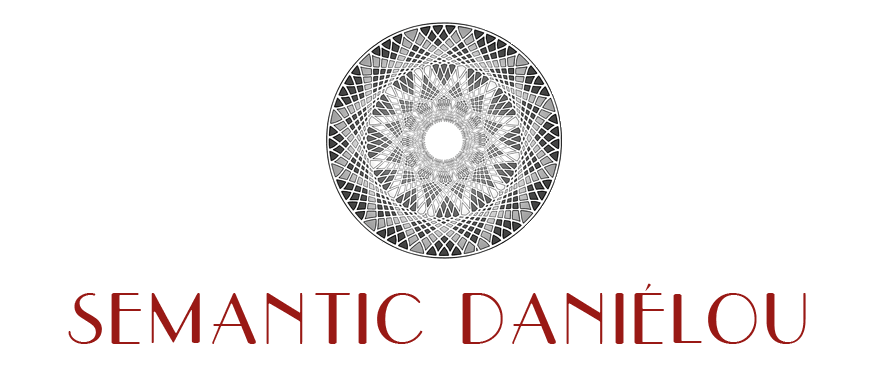The instrument
Developed according to the idea of Alain Daniélou and upon his request, and tuned according to his theory, the Semantic Daniélou-36 is an electronic musical instrument which was conceived by Michel Geiss, Christian Braut, Jean-Claude Dubois and Philippe Monsire. It follows on from a previous version, the S52, an instrument created by Claude Cellier and André Kudelski. The aim of the S52 was to provide a practical application to verify the theory, but it was quite difficult to use for musicians, mainy in terms of its ergonomy, and it offered only very basic sounds.
The Semantic is a musical instrument of its own kind. In order to simplify its use, Alain Daniélou decided to use only 36 of the 53 notes of the scale (3 choices for each of the 12 notes), the others being less essential in his opinion.
The Semantic Daniélou is a comprehensive,”ready to play” instrument. With its integrated amplification system it is totally independent and perfectly accessible for both the musician and the composer. In its first version, it was composed of a K2000R Kurzweil sound generator, an electronic control board and two keyboards with buttons from the Midy 20 Cavagnolo. An integrated speaker system means that the Semantic Daniélou does not require an external PA system. The instrument offers 20 different sounds whose simple tones which were chosen specifically to best demonstrate the theory of Alain Daniélou. In order to allow musical expression, the speed with which the keys are pressed down (the “velocity”) enduces an action on the volume of the sounds. It also includes sustain and soft pedals, as well as potentiometers which affect the tone and the amplitude envelope’s attack and release times.
For this first version, one of the reasons that the K2000R Kurzweil was chosen is that it offers the possibility of tuning each note to a cent (1/100th of a semi-tone). In other words, in the worst case, a given note could not be more than half a cent out of tune with its theoretical Danliélou value: a small error, which he had accounted for. It can be noted, for example, that if the notes C1 (65,406 Hz) and C6 (2093,005 Hz) are raised by a cent, their frequency is respectively raised by 0,0378 and 1,209 Hz.
When compared to a traditional piano keyboard, the button keyboard offers two advantages. Firstly its appearance is purposefully different: the piano keyboard, in the mind of a musician, is synonymous with equal temperament. For this reason it was considered important that from the outset an instrument as innovative as the Semantic Daniélou should set itself apart from preconceived ideas – including piano keys. Furthermore, in terms of the span of the musician’s fingers, the button keyboard enables a greater selection of notes than that of a piano, which is very useful for the “playability” of the instrument, which comprises three times more notes per octave than a piano keyboard.
The Semantic Daniélou includes two keyboards (one for the left and one for the right hand), with a total of 105 keys, which gives a range of almost six octaves. It is also possible to transpose it by semi-tones or by octaves. The space occupied by the 105 keyboard buttons is 40cm by 10cm. To provide a comparison, an octave on the Daniélou scale spans a length of approximately 13 cm, whilst on a piano keyboard, for the same notes, the space required would be 36 cm, i.e. 3 times more.
The instrument described above was used in concert in Paris, Rome, Venise and at the Abbey of Thoronet (in the Var area). Albeit functional, this initial projet remained for several years at a stage of development which corresponded with the type of technology that was available in the 1990s, with a rudimentary sound palette.
At his own initiative, Michel Geiss later developed a considerably improved version, integrating recent IT developments in the field of music. This version was finalised in 2013. It includes a powerful computer to produce and control its sounds. With this major technological update the sounds available are much richer and more varied, and also significantly more expressive than the original version, whilst providing a precision of pitch which is 1 000 times greater (1 000th of a cent). In addition, a ribbon controller has been added in order to play subtle and progressive pitchbend variations, in a similar way to Ondes Martenot. Finally, the use of a computer to replace the previous system makes it possible to modify the existing sounds and to add new ones. Its computerisation also offers the possibility of managing the sound internally by means of a sequencer or arpeggiator, without modifying the physical stucture of the instrument.

